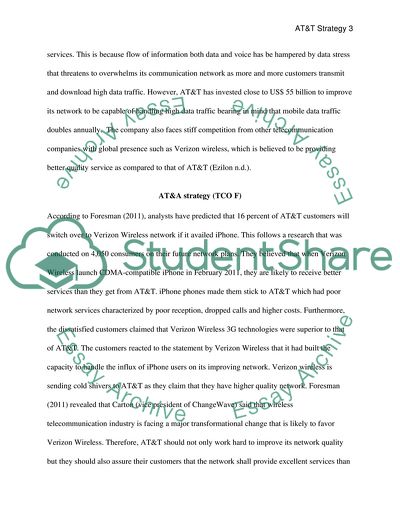Cite this document
(“Modern Trends In Communication And Media Technologies Term Paper”, n.d.)
Modern Trends In Communication And Media Technologies Term Paper. Retrieved from https://studentshare.org/information-technology/1747677-strategic-management-of-technology
Modern Trends In Communication And Media Technologies Term Paper. Retrieved from https://studentshare.org/information-technology/1747677-strategic-management-of-technology
(Modern Trends In Communication And Media Technologies Term Paper)
Modern Trends In Communication And Media Technologies Term Paper. https://studentshare.org/information-technology/1747677-strategic-management-of-technology.
Modern Trends In Communication And Media Technologies Term Paper. https://studentshare.org/information-technology/1747677-strategic-management-of-technology.
“Modern Trends In Communication And Media Technologies Term Paper”, n.d. https://studentshare.org/information-technology/1747677-strategic-management-of-technology.


